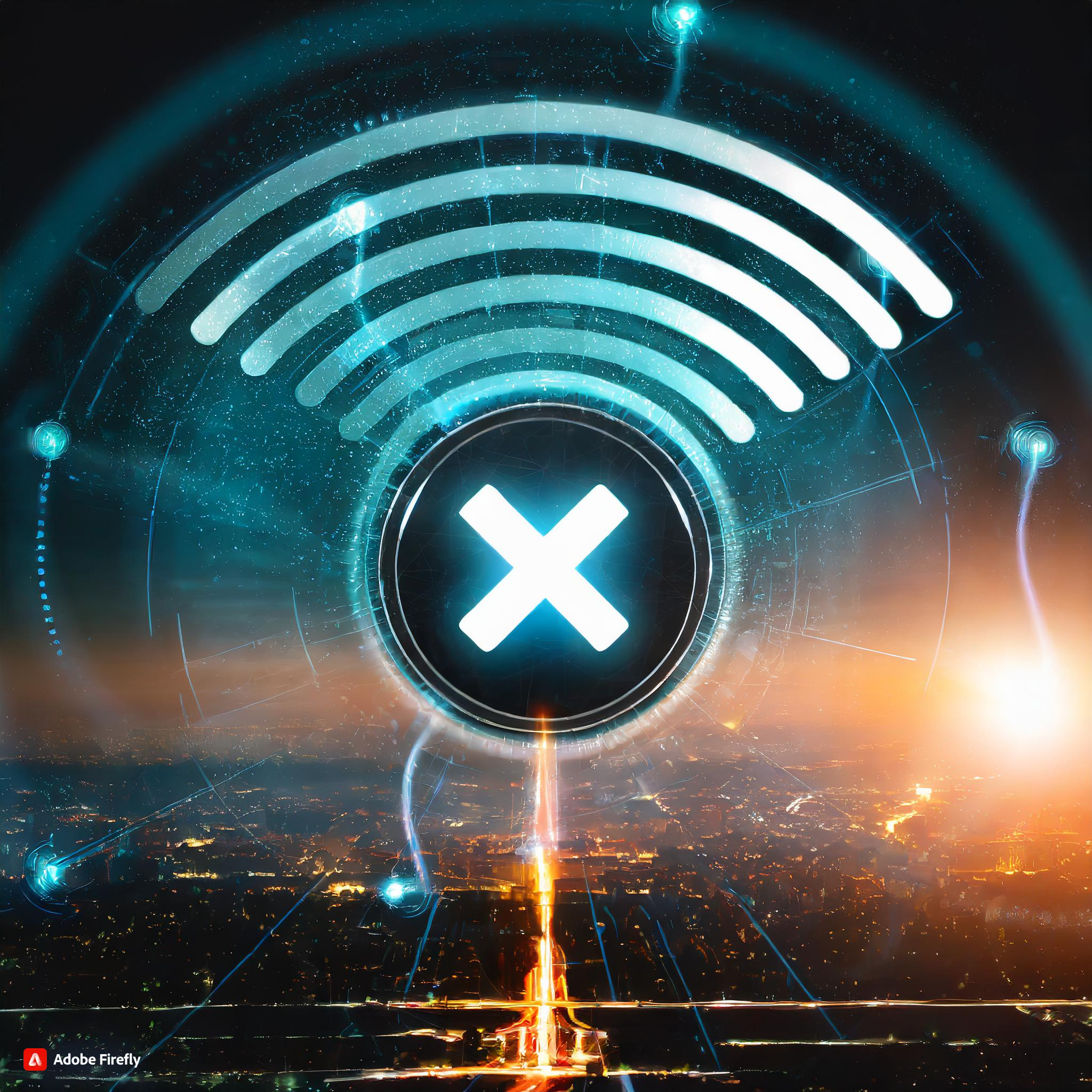Japan’s telecom leader KDDI is set to partner with Google to introduce an AI-powered news search service in spring 2026. The platform will use Google’s Gemini model to deliver articles from authorised Japanese media sources while preventing copyright violations.
The service will cite original publishers and exclude independent web scraping, addressing growing global concerns about the unauthorised use of journalism by generative AI systems. Around six domestic media companies, including digital outlets, are expected to join the initiative.
KDDI aims to strengthen user trust by offering reliable news through a transparent and copyright-safe AI interface. Details of how the articles will appear to users are still under review, according to sources familiar with the plan.
The move follows lawsuits filed in Tokyo by major Japanese newspapers, including Nikkei and Yomiuri, against US startup Perplexity AI over alleged copyright infringement. Industry experts say KDDI’s collaboration could become a model for responsible AI integration in news services.
Would you like to learn more about AI, tech and digital diplomacy? If so, ask our Diplo chatbot!









